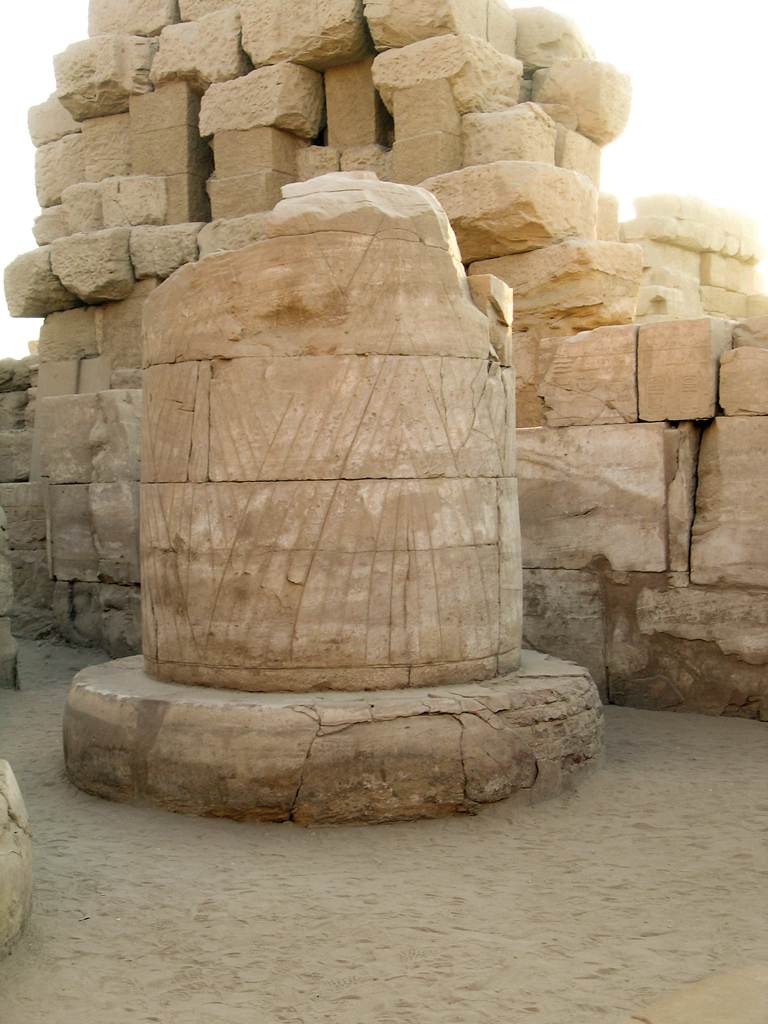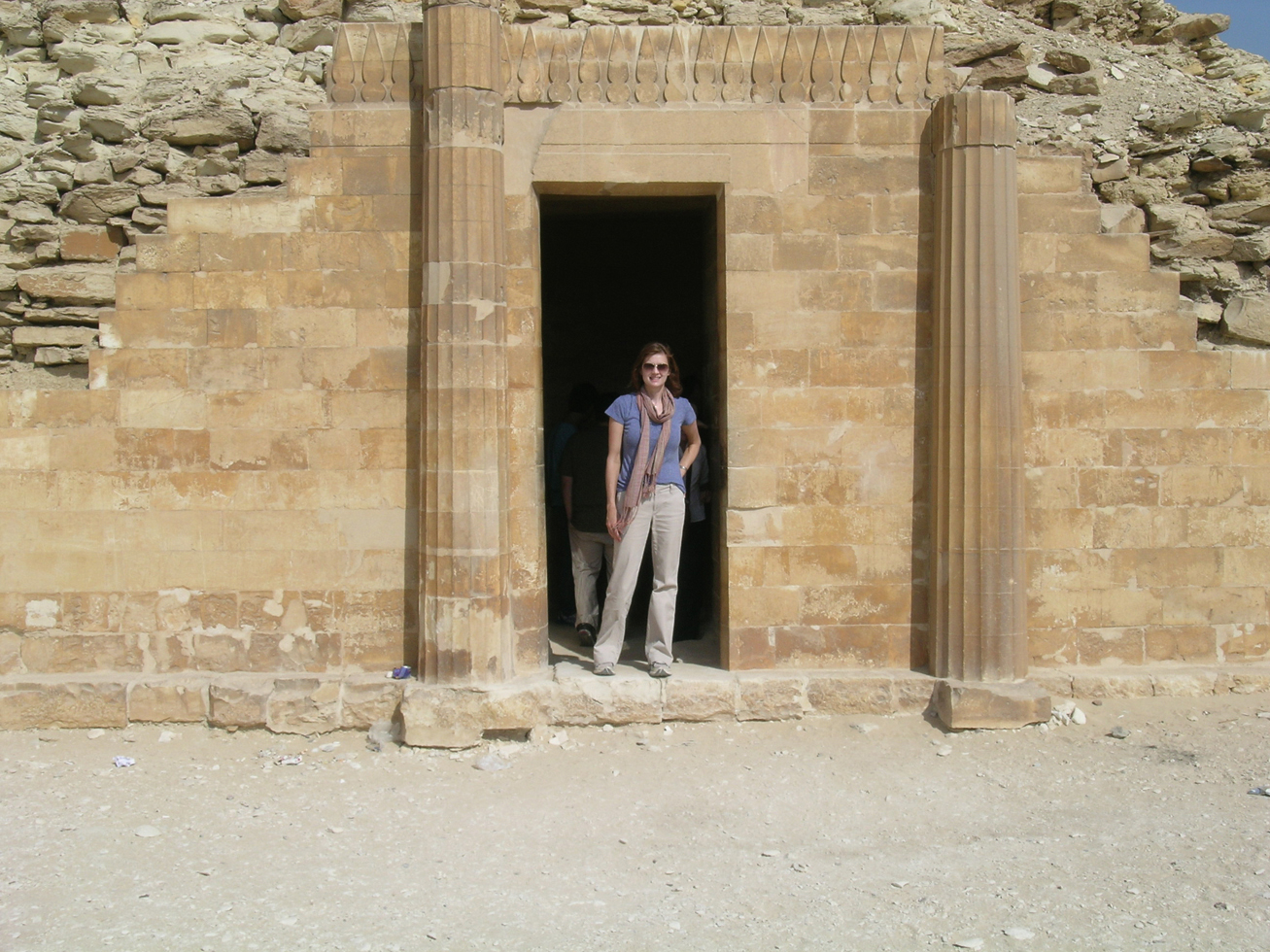
The future of the past
Archaeologists use digital tools to dig into an ancient site

The image of the Egyptian temple is beautiful: sun-warmed stone bricks glow; the shadows cast on the ground and buildings make a dramatic geometry. A row of statues and fluted columns flank a dark doorway. But this image is more than a lovely photograph. It can also reveal, beyond the portal, walls covered with bas-relief carvings of ancient religious rites and granite obelisks piercing the sky.
This likeness is a 3D virtual model of the ancient Karnak temple, a center of Egypt’s spiritual life for millennia. The immense compound has been fully and accurately re-created via computer and is available online as part of the Digital Karnak Project created at UCLA with Elaine Sullivan, assistant professor of history at UC Santa Cruz, as a main collaborator.

Moving through such a richly detailed 3D space provides a compelling learning experience. But even more important, virtual models are scientific visualization tools that, in the same way as early telescopes, allow researchers to see in new ways and understand things that were not possible to study before. With digital tools, archaeologists can scan buildings and artifacts, map site dimensions, and peer below the ground without digging.

“There’s a revolution going on in archeology now, with imaging and digitization out in the field. We need a matching one in how we analyze and display the results of our work,” said Sullivan.
The virtual model draws on more than a hundred years of archaeological work at the site. The Digital Karnak website lets users explore 2,000 years of history, watching the temple grow and change under Egypt’s different rulers, from Senusret I through Ptolemy VIII and into the Roman era—adding a fourth dimension of time.

Alongside still shots and video fly-throughs of the model, the evolving website holds a trove of information on Karnak’s buildings and other features. Users can read how ancient priests honored the gods with daily offerings, trace the routes of ritual processions through the 69-acre site, learn about quarrying stone, and discover the difference between fluted, papyrus, and Hathor-headed columns. There are photographs of the site as it looks today, artifact descriptions, downloadable materials for use in teaching, and a bibliography.

A simplified version of the model on Google Earth lets users move through Karnak’s buildings on their own, like a video game. A fully detailed, interactive model intended for scholars is under development. “We want to create an annotated model with all the information embedded in the site, so you don’t have to read-then-look—you learn from right there in the model,” said Sullivan.
Eventually, Sullivan envisions archaeologists using virtual sites to publish their research, bypassing traditional journals and pouring their data and analyses into freely available models for others to access and examine. She’s working hard to bring such a future to the past.

